专注于SF6气体检测的专业化

How to make SF6 gas?
SF6 gas has a century-old history, it is two French chemists Moissan and Lebeau synthetic artificial inert gas in 1900, around 1940, the United States military used it for the Manhattan Project (nuclear military).
SF6 is a strongly electronegative gas, and its molecules are easy to adsorb free electrons and form heavy negative ions, weakening the collision ionization process in the gas, so its electrical insulation strength is very high, about 2.5 times the strength of air insulation in a uniform electric field. SF6 gas has a thermal decomposition peak at t≈2000K, so when the AC arc current crosses zero, SF6 has a much stronger cooling effect on the arc than air, and its arc extinguishing ability is about 100 times that of air. Because SF6 gas has excellent arc extinguishing and insulation properties and good chemical stability, it has been used as an arc extinguishing medium for high voltage circuit breakers since the late 1950s. In ultra-high voltage and UHV circuit breakers, SF6, as an arc extinguishing medium, has replaced oil and has largely replaced compressed air.

Since the mid-1960s, SF6 has been widely used as an insulating medium for high-voltage electrical equipment. SF6 gas-insulated switchgear covers a much smaller area than conventional open-type high-voltage distribution devices, and its operation is not affected by external meteorological and environmental conditions, so it is not only widely used in ultra-high voltage and UHV power systems, but also has begun to be used in distribution networks (SF6 gas-insulated switchgear and ring network power supply units). SF6 gas insulated pipeline transmission line has the advantages of low medium loss, large transmission capacity, and can be used in high drop occasions, so it is often used in hydropower station outlet, replacing conventional oil-filled cables. SF6 gas insulated transformer has the advantages of fire and explosion protection, this distribution transformer is especially suitable for densely populated areas and high-rise building power supply. SF6 gas insulated ultra-high voltage transformer has been successfully developed, and all gas insulated substation will be a direction of the development of power transformation technology.
At present, SF6 gas is mainly used in the power industry. SF6 gas is used in 4 types of electrical equipment as insulation and/or arc extinguishing; SF6 circuit breakers and GIS (in this case, sulfur hexafluoride enclosed combination appliances, internationally known as "Gas Insulated Switchgear"), SF6 load switchgear, SF6 insulated transmission lines, SF6 transformers and SF6 insulated substations. 80% is used for high voltage power equipment.
At present, the method of producing SF6 gas in chemical industry is mainly the direct combination reaction of elemental sulfur and excessive gaseous fluorine. That is S+3F2→SF6+Q (giving off heat). The composition and content of the impurities vary greatly due to the purity of the raw materials, the material of the production equipment, the process conditions and other factors, and the total content of impurities can reach 5%. It consists of sulfur fluorine compounds, such as: S2F2, SF2, SF4, S2F1O, etc. Sulfur fluoro compounds such as SOF2, SO2F2, SOF4, S2F10O, etc., and impurities brought into the raw materials such as HF, OF2, CF4, N2, O2, etc. If you want to use high-voltage electrical equipment, it is necessary to purify impurities in the crude product, and the synthesized SF6 gas also needs to go through a series of purification processes such as washing, alkali washing, pyrolysis (removal of highly toxic decafluorides), drying, adsorption, freezing, distillation and purification to obtain products with a purity of more than 99.8%. Then it is pressurized with a compressor and filled into a cylinder that is cooled to about -80 ° C and exists in liquid form.
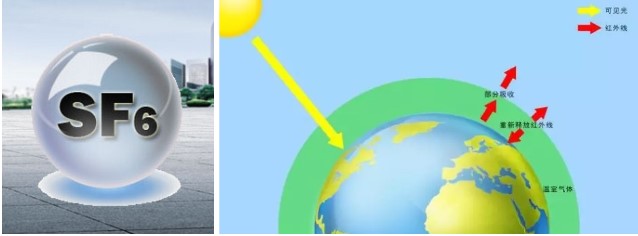
There are usually several methods of synthesis:
1. Direct synthesis method: the purified fluorine (containing HF≤ 0.5%) reacts with sulfur to produce sulfur hexafluoride and a small amount of S2F10, SF4, SF2 and S2F2. After washing and alkali washing, most of the impurity gas is removed, and then S2F10 is decomposed into SF6 and SF4 (300 ~ 350℃) by pyrolysis furnace, and then the impurity is further removed by alkali washing, and the purified SF6 gas is dried by silica gel and molecular sieve dryer to produce sulfur hexafluoride products.
Sulfur hexafluoride can be prepared by adding sulfur, sulfur dichloride, sulfur monochloride, carbon disulfide or hydrogen sulfide to anhydrous hydrogen fluoride and electrolysis with nickel as anode. Or direct reaction of fluorine and sulfur to produce sulfur hexafluoride. Metal oxides can also be used as catalysts to oxidize sulfur tetrafluoride with air at 300 ° C, or to pyrolyze sulfur fluoride at 500 ~ 2000 ° C.
2. A nickel tube with a length of about 300mm and a diameter of 25mm is used as the reactor. A nickel boat containing sulfur powder is placed in it, and the reaction tube is connected with a quartz trap, which is cooled by liquid oxygen. The end of the unit is connected to an iron drying pipe containing newly dehydrated KF to isolate moisture from the air. The sulfur burns in the fluorine stream and the resulting product condenses in the cold trap. The product is then purified, vaporized and washed with 10% KOH thermal solution (no NaOH) to remove impurities (HF, SF2, SF4, SOF2, S2F10). The product gas is then dried with P4O10 and the S2F10 is removed by activated carbon at room temperature.
3. Burning SO2 in excess F2 can generate SF6. The reaction temperature is about 650℃, the product condense in a cold trap, in which the main impurity except SF6 is SO2F2. When purified, it is passed through a washing bottle filled with water and hot 10%KOH solution, and finally dried with P4O10.
4, elemental fluorine and sulfur direct reaction method.
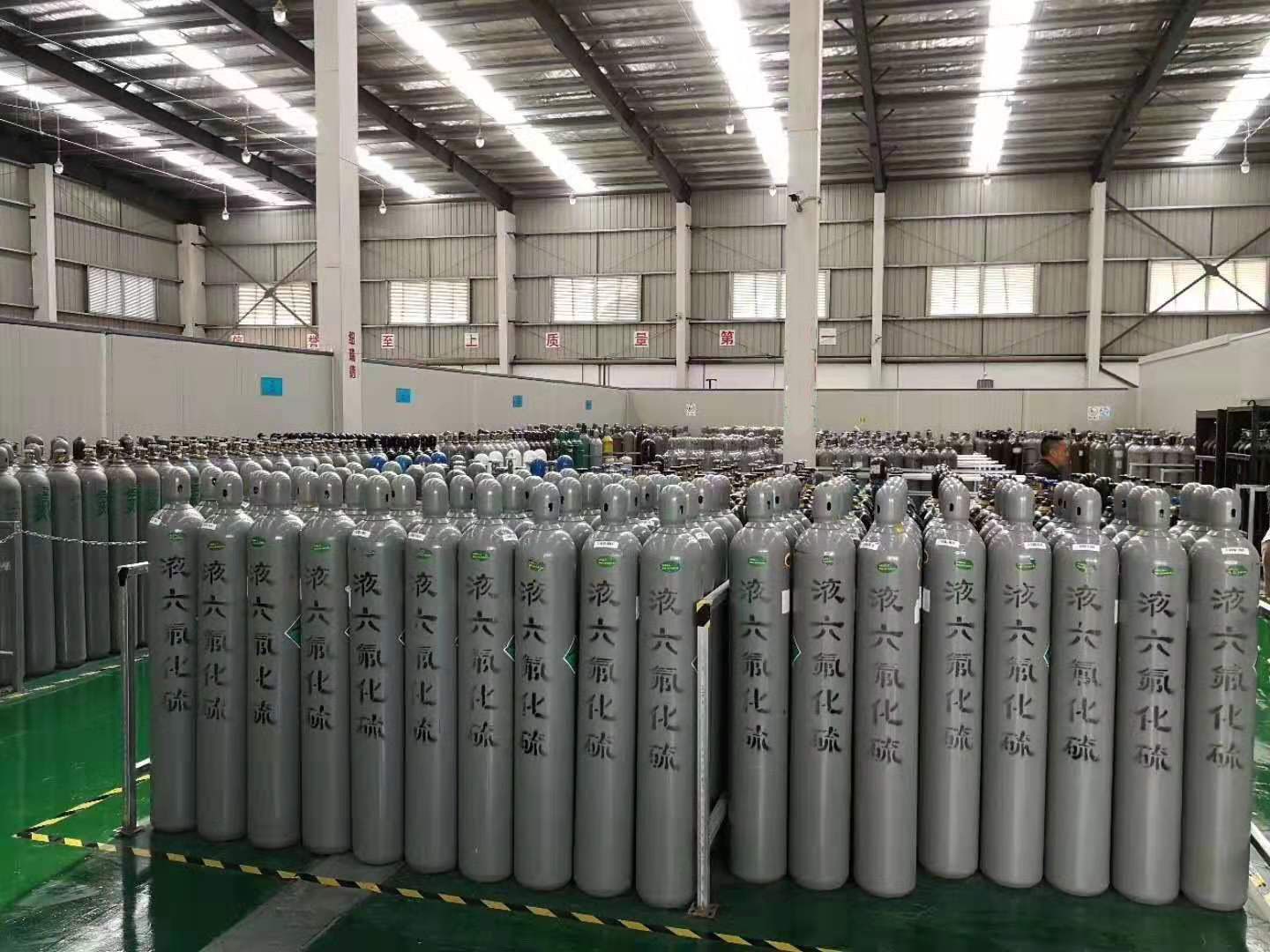
5, direct electrolysis method: sulfur, sulfur dichloride, sulfur monochloride, carbon disulfide or hydrogen sulfide are added to anhydrous hydrogen fluoride, and nickel as the anode for electrolysis can be prepared sulfur hexafluoride. When hydrogen sulfide is electrolyzed with anhydrous hydrofluoric acid, nickel is used as electrode, iron is used as cathode, the temperature is -10 ~ 20℃, and the voltage is 7 ~ 20V. Electrolytic products should remove impurities; Sulfur tetrafluoride was oxidized by air at 300℃ with metal oxide as catalyst. The yield of this method was too low.
6, pyrolysis method: SF4 pyrolysis at 500 ~ 2000℃, but the conversion rate and yield of this method are low, the use of microwave discharge decomposition SF4 can also be. The cobalt fluoride process produces sulfur hexafluoride by reacting sulfur or other sulfide with excess fluorine in the presence of cobalt trifluoride and cobalt dichloride. Sulfur dioxide and fluorine combustion method.
7, co-production method: chlorofluoromethane and sulfur hexafluoride co-production, fluorocarbon (COF2) and sulfur hexafluoride co-production.

 EN
EN






 上一条:
上一条: 
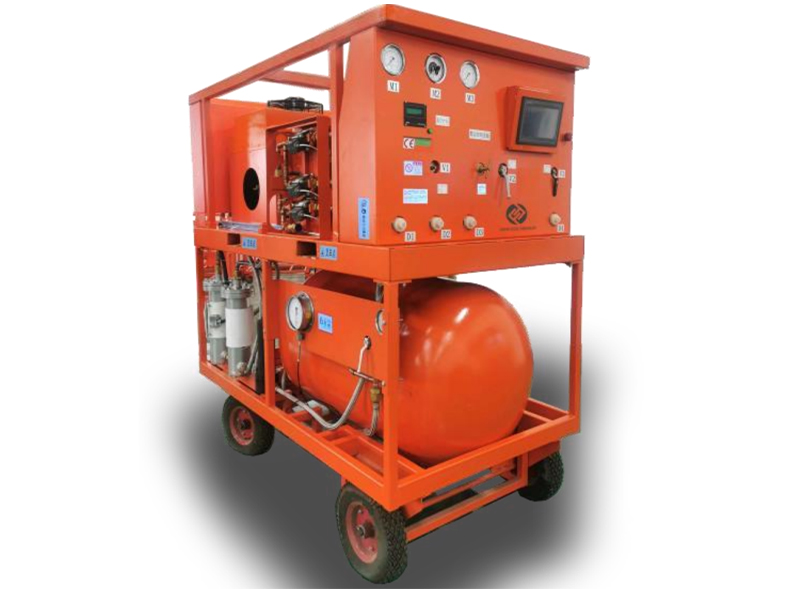
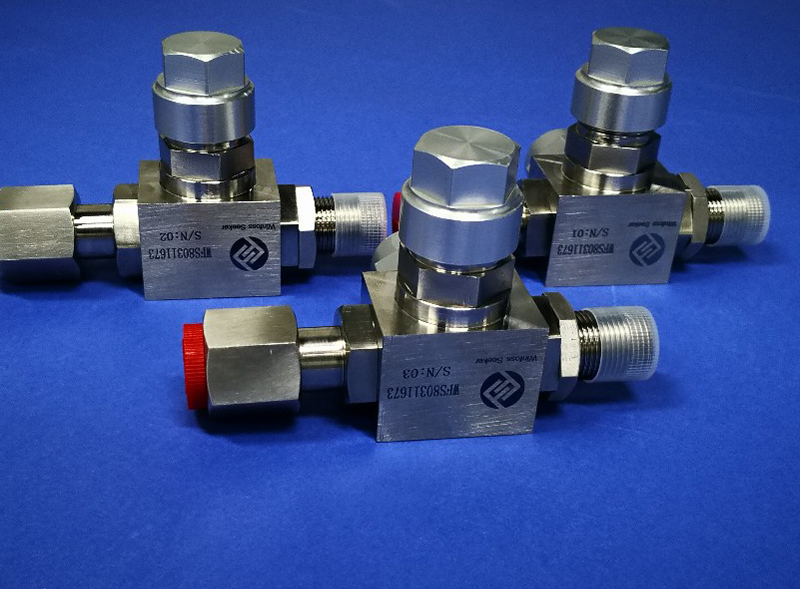
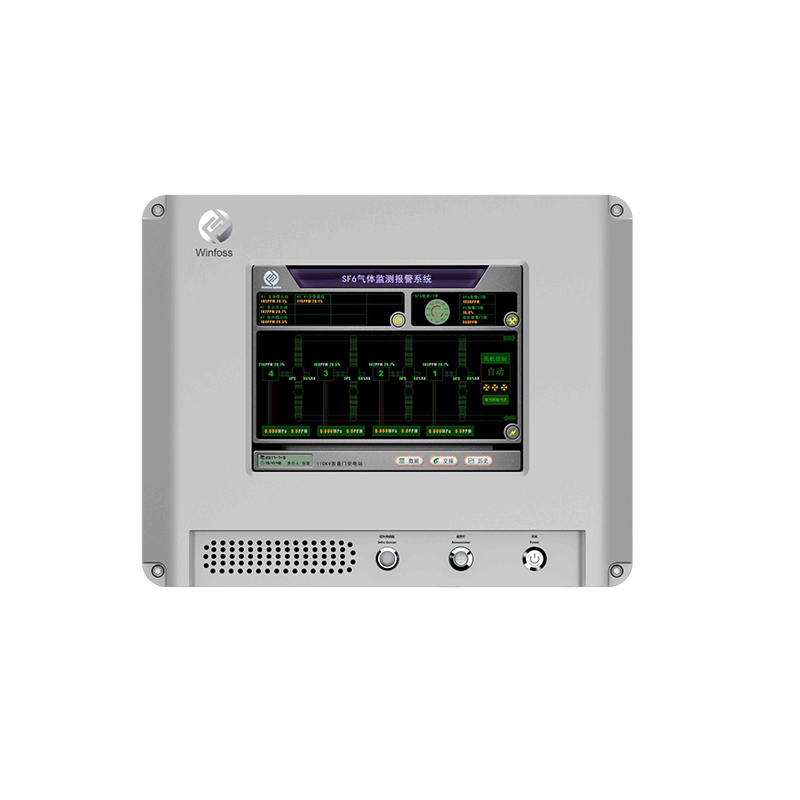
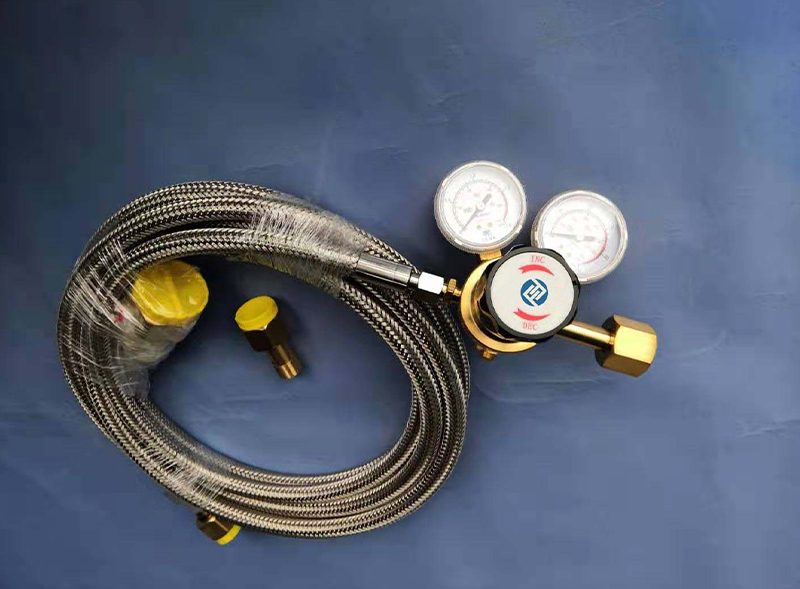
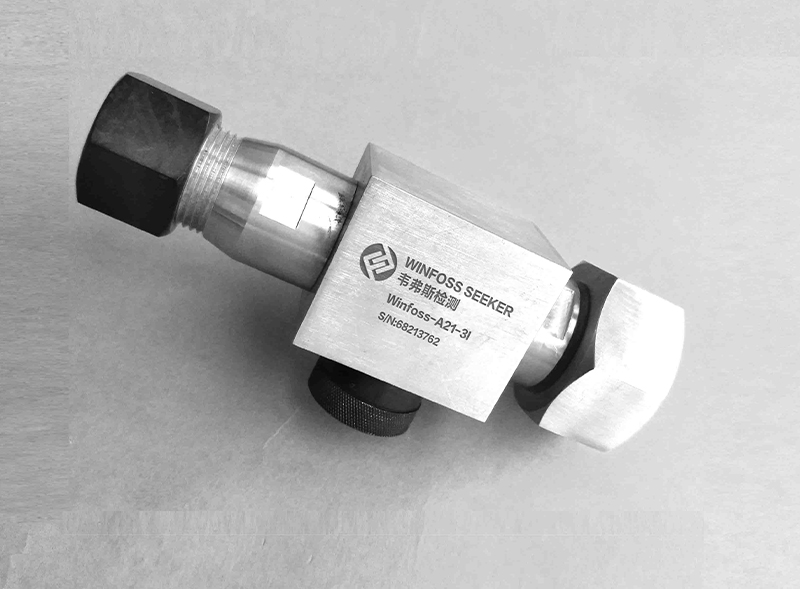
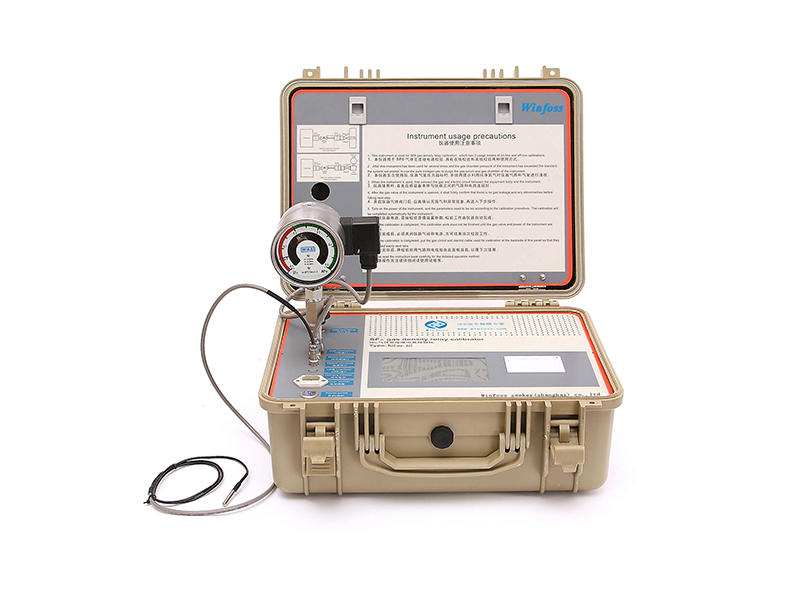
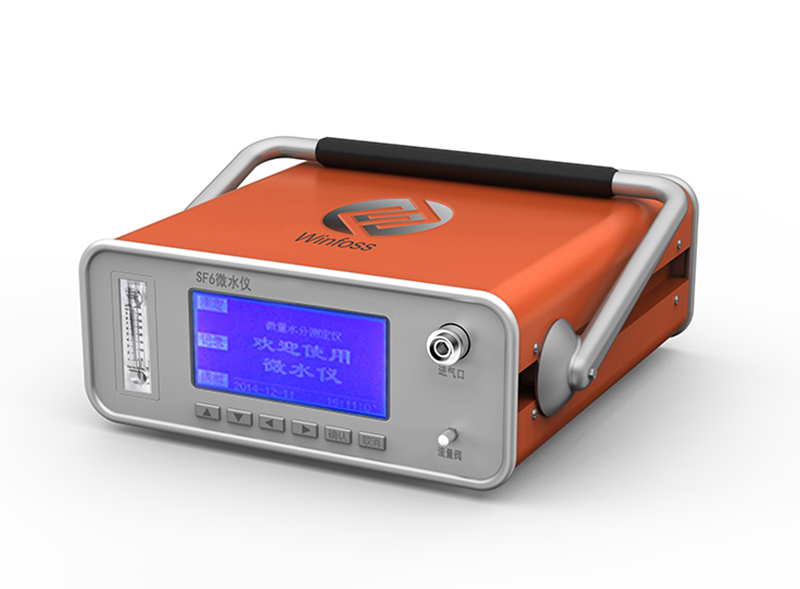
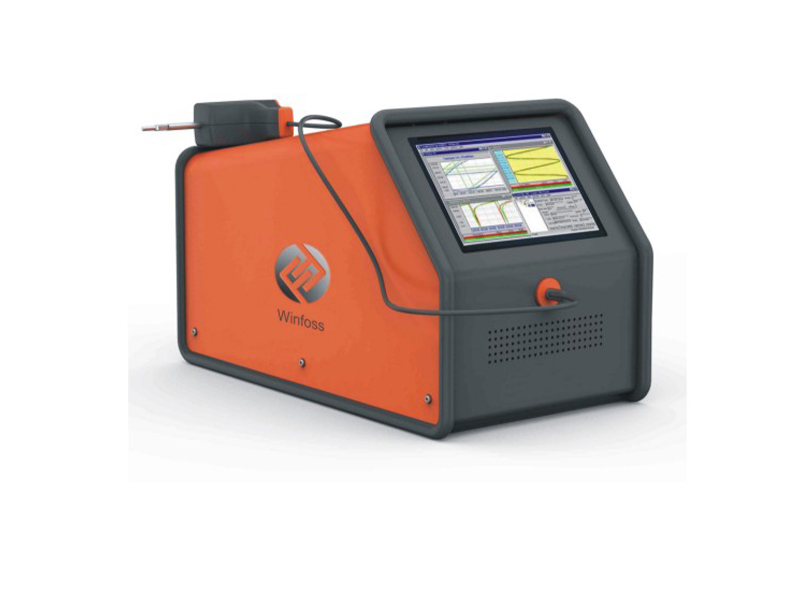

 沪公网安备31011802003762
沪公网安备31011802003762
